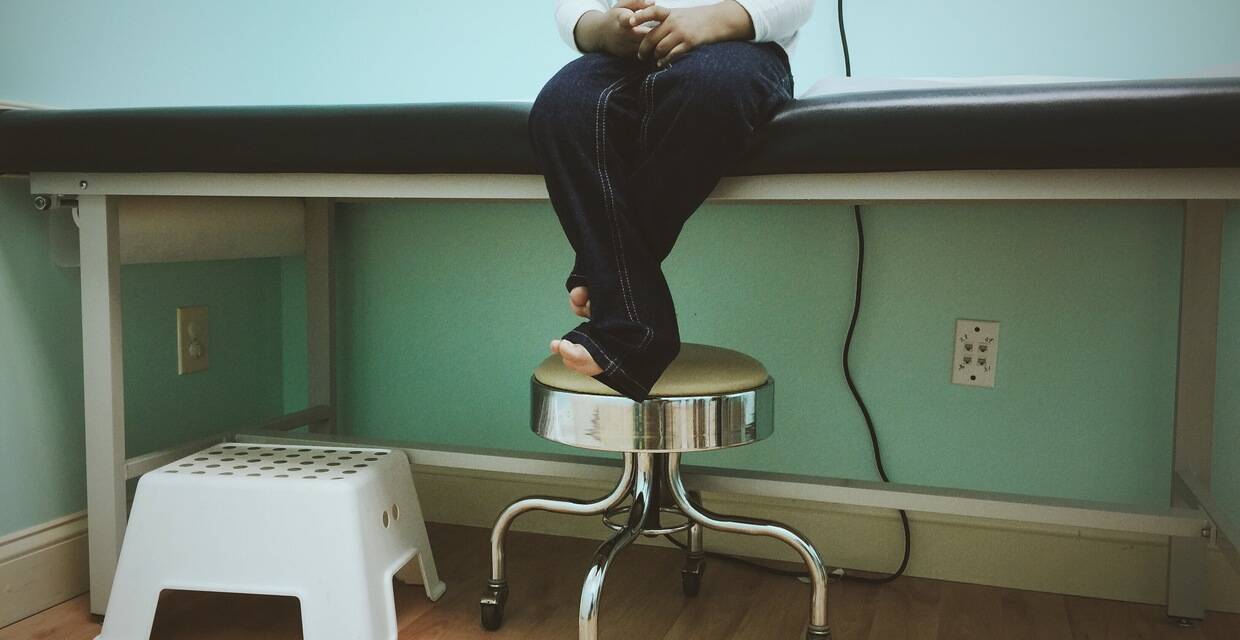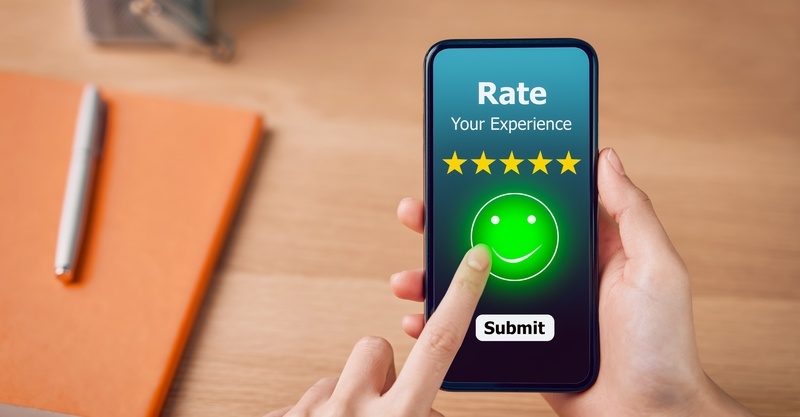Benjamin Franklin first wrote the aphorism, “time is money” in an essay published in 1748, and over 250 years later, it remains true.
Healthcare consumers (aka your patients!) have a finite amount of time that they can spend every day working, exercising, or caring for loved ones. For them, seeking care can feel really daunting due to a lack of convenient, same-day care. More than ever, patients face nearly insurmountable barriers to finding care.
Nowadays, consumers in every sector are valuing convenience. We schedule reservations on OpenTable, book rides through Uber, and plan vacations on Airbnb. With one tap, we know how long it'll be until our table is ready, our ride is here, or our weekend getaway is booked.
Of course, traffic happens. There is construction on Main Street that couldn’t be avoided, or the driver gets lost. As pick-up time fluctuates, you're notified on your phone in real-time, and you're able to adjust expectations and avoid frustration. Eve though your wait time increased, you still have a favorable view of the rideshare app and their driver because of the real-time update.
This is what the healthcare experience should be for consumers.
Time is a valuable commodity. In fact, it costs patients $43 in lost time for each medical visit, which is more than the average out-of-pocket cost for the visit itself. A typical visit to a doctor is 121 minutes of the patient’s time: 37 minutes of travel back and forth, 64 minutes waiting for care, completing intake paperwork, and 20 minutes of face-to-face time with the physician.
How can healthcare operators reduce patient wait times and improve the patient experience when patient volumes are at an all-time high?
Provide online appointment availability to reduce patient wait time
Providing wait time estimates led to lower average wait times for all consumers. Every time a consumer elects to be seen at another time with a shorter wait, everyone else in line will also experience a shorter wait time.
For providers who display their schedule online, patients should be able to review the dates and times that are available vs booked times and review the number of patients currently in line. Patients can make the decision of whether they would like to drive to the care facility and be added to the queue, or “load balance” and select a date or time at a non-peak time.
Giving patients visibility into peak and non-peak times to schedule a visit inadvertently helps walk-in patients who cannot wait to receive care.
Allow patients to complete registration paperwork prior to their arrival
Walk-in patients may not have considered seeking care even 10 minutes prior to entering your doors. For these patients, streamline registration by offering a contactless registration workflow where they can complete their demographic paperwork, upload their insurance card and photo ID, and sign their consent forms all from their mobile device. They can then be added to the virtual queue, track their spot in line, and see the number of patients waiting ahead of them.
A virtual waitlist greatly decreases disgruntled patients bothering the front desk and constantly asking when they’ll be seen.
For patients who book ahead, make sure that they can easily access digital registration paperwork right after their visit is confirmed. Most patients who book ahead do all their paperwork during booking—they upload their ID card, insurance information, and consent forms prior to their arrival for their visit. The front office staff can take advantage of this information and verify insurance eligibility, check benefits, confirm the patient is registered in the EHR, and save time for the patient.
Share conservative wait time estimates that are more favorable than aggressive ones
Patients who wait longer to be seen by a provider are far more likely to leave a negative review for your facility on social sites for other patients to see. Patients who feel like they had a negative experience with your clinic are far more likely to share it with family, friends, and online forums—and they likely won't come back to your clinic in the future.
All online booking and queueing systems should allow your facility to have the autonomy to select hours that you’re available and control the frequency of patient bookings available at any time throughout the day. As operators, it is vital to ensure that the appointment availability is realistic.
You don't need to provide an excess of appointment availability every day to attract patients. In reality, there is not enough staff of providers to see all of those patients—so it would create a poor patient experience. Instead, strike a balance. Provide enough appointment availability to attract patients, but be conservative enough to ensure that patients who do book an appointment will be seen at that time.
Update patients with when wait times change
Take a note from Uber: if your clinic is running behind, notify patients with upcoming appoints to reset their expectations. In a Solv consumer survey, we found that 70% of respondents shared they’d prefer a confirmed appointment time over waiting in line as a walk-in patient. Your patients want to wait comfortably wait at home for their visit and arrive closer to their appointment time. Patients want to avoid your waiting room!
Allowing patients to schedule ahead of time and then honoring that appointment time makes patients feel like their time is valued, and they didn’t need to spend more time than necessary away from their work or family.
It's important that updated wait times are adjusted in real-time to provide the best patient experience. Keep in mind that once a patient has arrived at your facility, they've committed to being seen by your providers. If the wait is too long and they don’t feel like they are receiving communication about the reason for a long wait time, they will seek care elsewhere—and have a negative patient experience. This is especially something we’ve seen throughout a busy cold and flu season when volumes are high and patience is low.
To facilitate the constant communication flow between patients and the front desk staff, Solv has a two-way SMS communication system. Canned and/or free-response messages can be shared with patients to facilitate individual and mass communication in real-time. The front desk staff can send an SMS message to the patient to inform them when it’s their turn next.
Following the visit, SMS messages can also be used to ask the patient to call the office so that a nurse can share test results for services like flu tests, COVID-19 tests, strep tests, and more.
Remember that SMS messages are not HIPAA secure, so we recommend that SMS messages do not contain the results of the test, but rather alert the patient that the results are in and they can call to discuss their results.
Understand that patients who have longer wait times than they expected will take longer in the exam room
Researchers discovered that wait time not only impacts patient behavior while waiting for their turn but also their behavior once it is their turn to be seen by a provider. This may be because patients who are forced to wait longer than expected spend more time complaining, or feel the need to ask more questions to the Medical Assistant or provider.
Providing patients with wait times that are more conservative can help your facility serve patients faster and increase patient volume. Also importantly, these happy patients will leave the visit feeling that their time was respected. They're more likely to speak favorably of the provider and the facility, leave a positive review, and be a repeat patient.
In order to make real improvements to practice operations, it’s very important to have a clear understanding of the current wait times for your patients. This will improve your ability to estimate future wait times—whether or not you choose to share wait times with your patients or not.
It does help to understand busier times and operational bottlenecks based on the staff working at the time. Solv reporting metrics helped some of our partners identify that their long wait time on certain days of the week was attributed to a seasoned provider who was spending an hour with each patient!
Keep the patient experience at the forefront of the clinical workflow. Patients often have choices when it comes to convenient care solutions, so it is worth the extra time to map out your patient journey from the time of their arrival until the time they are discharged and consider whether every step is optimized for efficiency.




